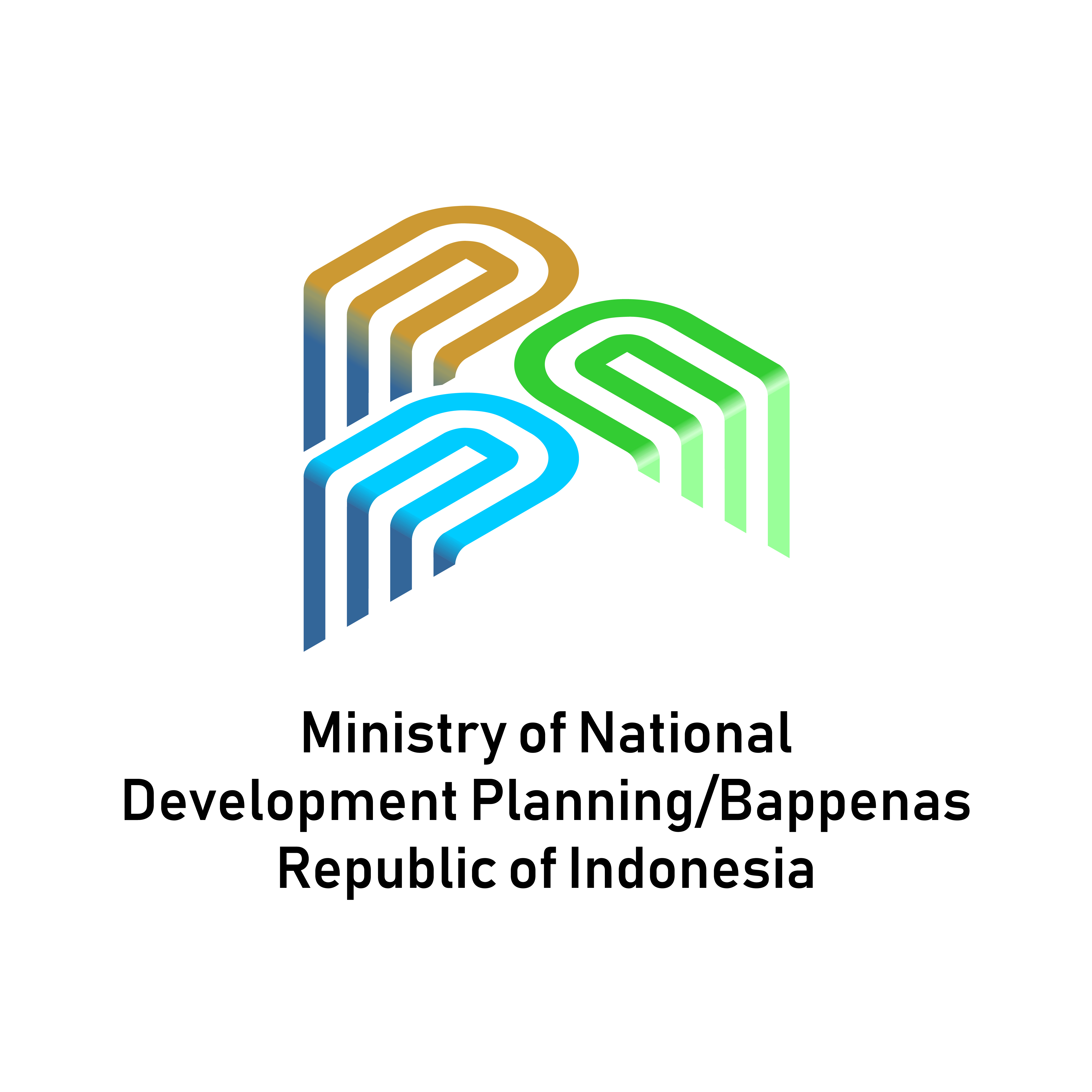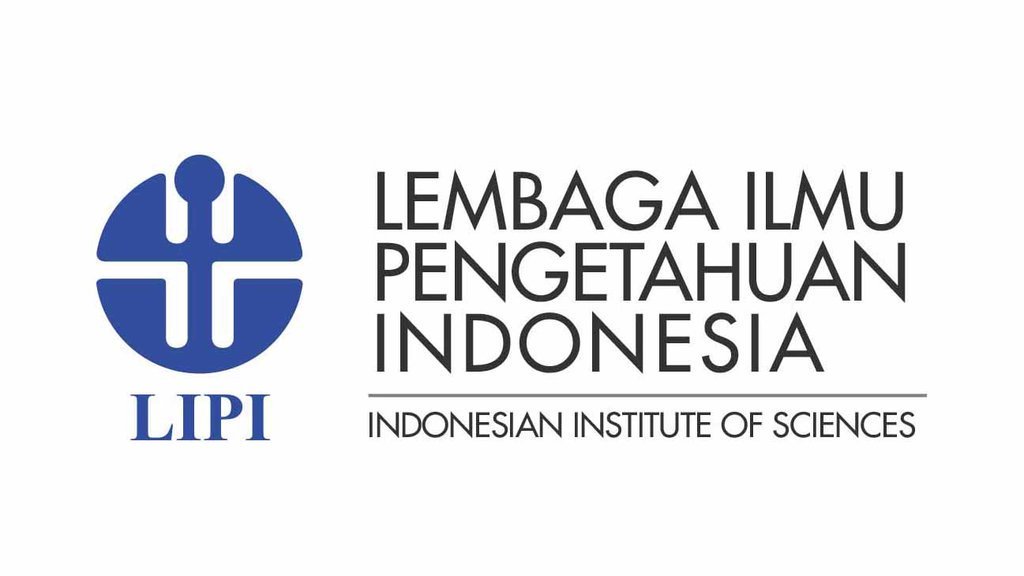Government Spending by Function and Economic Growth in Maluku Utara: I-O Table and Panel Data Regression Analysis
DOI:
https://doi.org/10.36574/jpp.v6i1.254Keywords:
Maluku Utara, government spending, panel data analysisAbstract
The government has a contribution to ensuring the stability of economic growth. The existence of regional autonomy and fiscal decentralization gives the authority to develop their regions independently by utilizing their potential. In 2020, Maluku Utara's economic growth grew by 4.92 percent, the value tends to be stable, but the contribution to the national economy is very slight. From a fiscal perspective, a component that determines the economic direction is government spending. However, Maluku Utara's government spending tends to be weak and fluctuating. The condition indicates that the relationship between government spending and economic growth is inconsistent. Several objectives were set to provide an overview of the economic structure, analyze the impact of government spending on the output and value-added of the economic sector, and identify government spending by the function that affects economic growth in Maluku Utara. This study uses the I-O table impact analysis and panel data regression analysis. Based on the impact analysis of the I-O table, capital spending has the most output impact and added value in the construction sector. Meanwhile, government consumption and total government spending impact the Government Administration sectors most. Then, from the panel data regression analysis results, three variables have a significant influence, namely spending by function on economics, education, and health. However, there is an anomaly in the government spending on the economy with a negative effect of 0.003190. That indicates the items allocated to government spending by function on economics in Maluku Utara are ineffective.
Downloads
References
Badan Pusat Statistik. (2000). Kerangka Teori dan Analisis TABEL INPUT-OUTPUT. Jakarta: BPS.
Badan Pusat Statistik Provinsi Maluku Utara. (2021). Tabel Input Output Provinsi Maluku Utara Tahun 2016. Ternate: Badan Pusat Statistik Provinsi Maluku Utara.
Badan Pusat Statistik Provinsi Maluku Utara. (2021). Analisis Isu Terkini Provinsi Maluku Utara 2021. Ternate: BPS Provinsi Maluku Utara.
Baltagi, B.H. (2005). Econometric Analysis of Panel Data. England: John Wiley & Sons, Ltd.
Baltagi, B.H. (2008). Econometrics. Berlin Heidelberg: Springer-Verlag.
Cahyono, Budi. & Bagus, Sumargo. (2005). Mengartikulasikan Tabel Input-Output dan Kerangka Analisisnya. Journal The WINNERS, 6 (1).
Kementerian Dalam Negeri. (2006). Peraturan Menteri Dalam Negeri Nomor 13 Tahun 2006 Tentang Pedoman Pengelolaan Keuangan Daerah.
Kyissima, Kelvin Henry. Dkk. (2017). GOVERNMENT EXPENDITURE AND ECONOMIC GROWTH IN TANZANIA: A TIME SERIES ANALYSIS. International Journal of Development and Economic Sustainability, 5(1), 11-22.
Mahmud Muhammad Al. & Yoshihiro Kameyama. (2019). EDUCATION AND ECONOMIC GROWTH IN SOUTH ASIA. International Journal of Development and Economic Sustainability, 7(3), 51-63.
Mangkoesoebroto, Guritno. (2002). Ekonomi Publik. Yogyakarta: BPFE.
Nachrowi, Djalal dan Hardius Usman. (2006). Pendekatan Populer dan Praktis Ekonometrika untuk Analisis Ekonomi dan Keuangan. Jakarta: Lembaga Penerbit Fakultas Ekonomi.
Saidah, Nur. (2011). Analisis Pengaruh Belanja Pemerintah Daerah Terhadap Pertumbuhan Ekonomi Kabupaten Tertinggal. Institut Pertanian Bogor, Bogor.
Sukirno, Sadono. (2006). Ekonomi Pembangunan: Proses, Masalah, dan Dasar Kebijakan. Jakarta: Kencana.
Zaidan Najmuddin. (2020). The Impact of Government Expenditure on Banten Economic Growth in 2010 – 2017. Jurnal Perencanaan Pembangunan: The Indonesian Journal of Development Planning, 4(1), 54-64.
Downloads
Published
How to Cite
Issue
Section
License
This is an open-access article distributed under the terms of the Creative Commons Attribution-NonCommercial-ShareAlike 4.0 International License. Copyright © Kementerian PPN/Bappenas RI


















